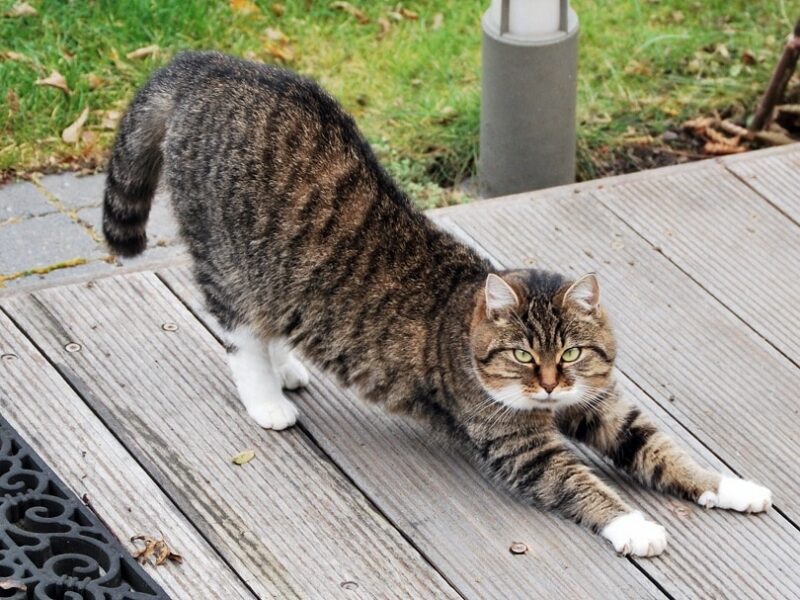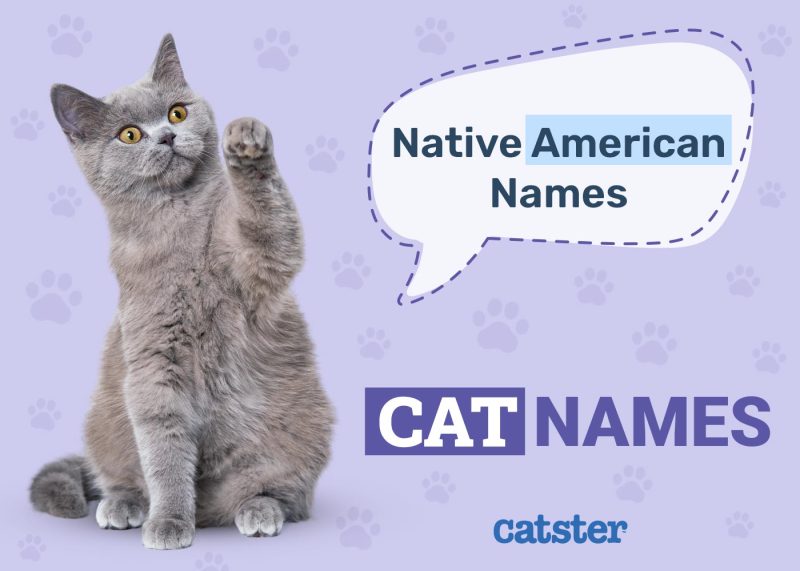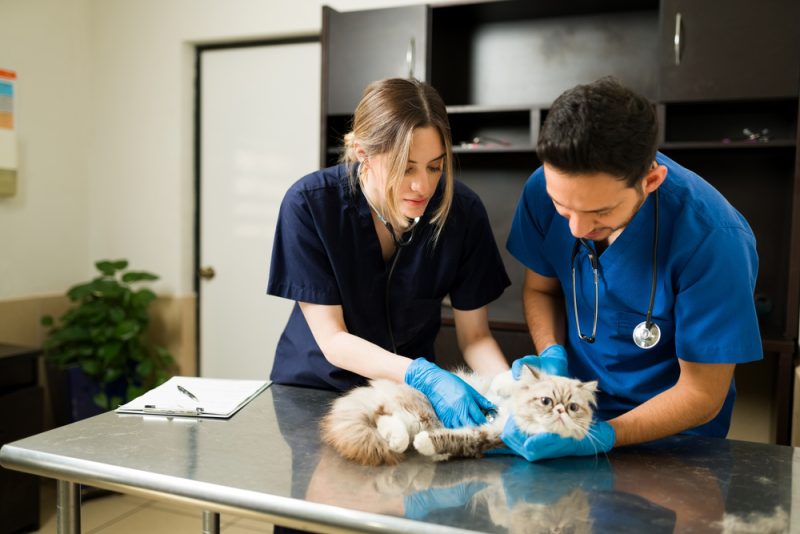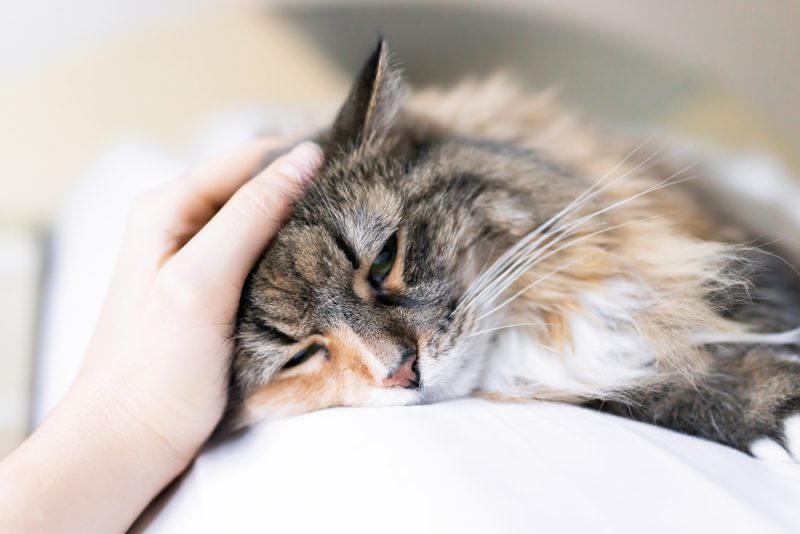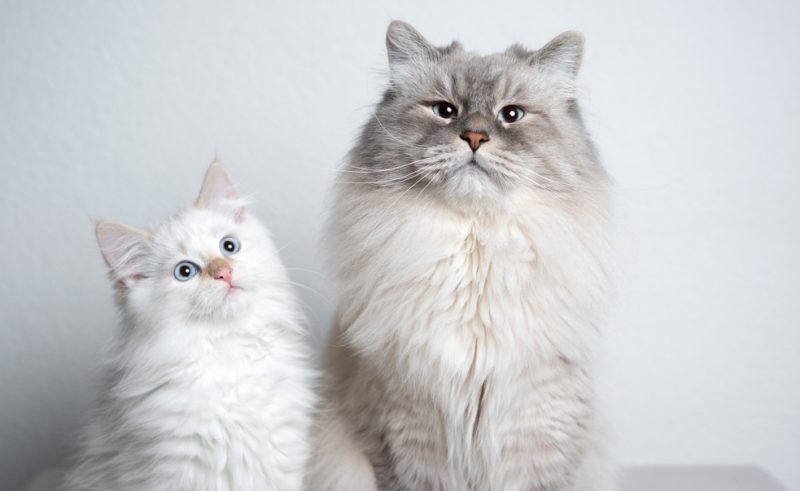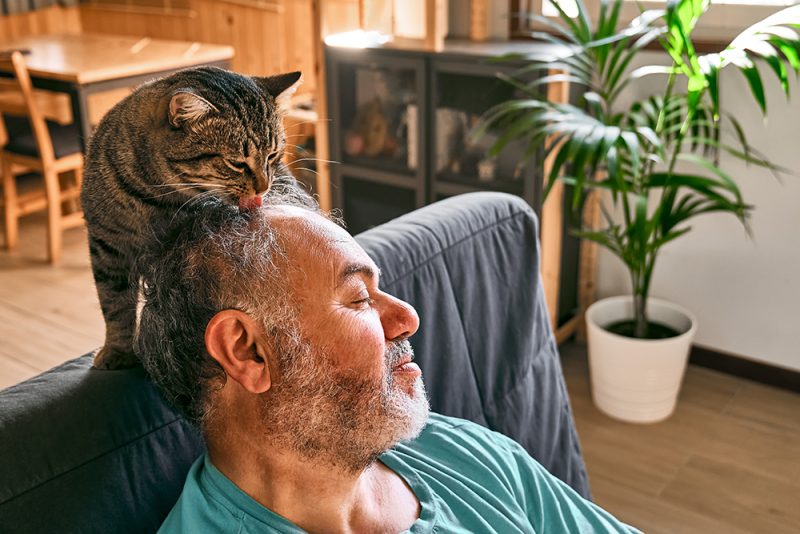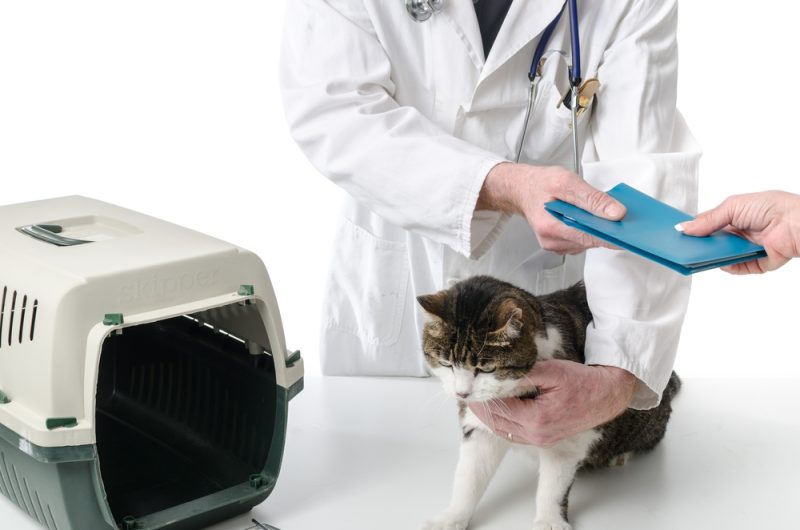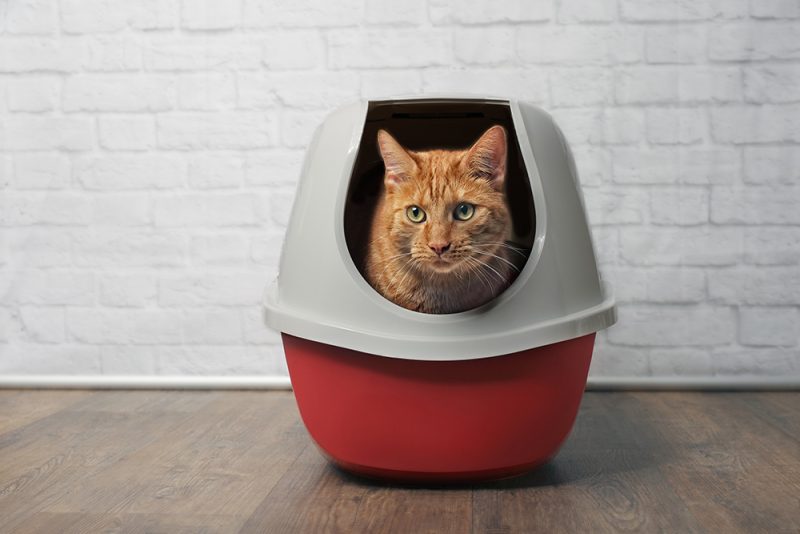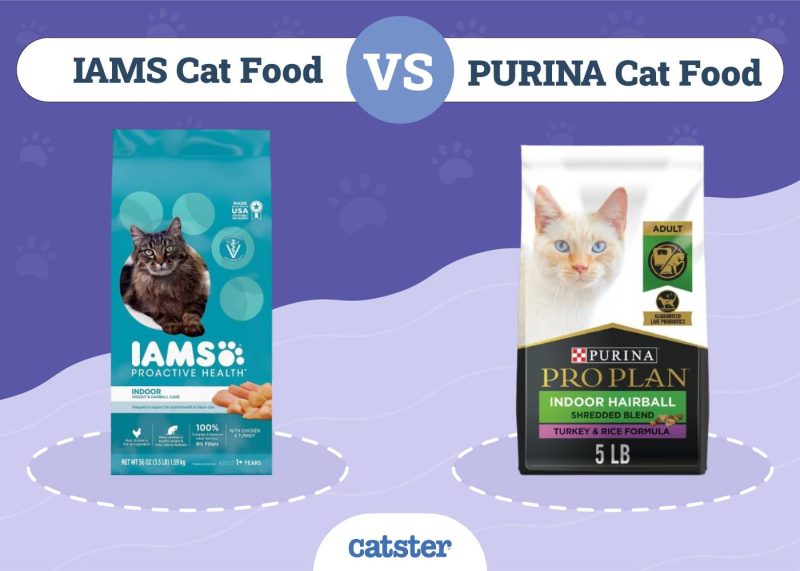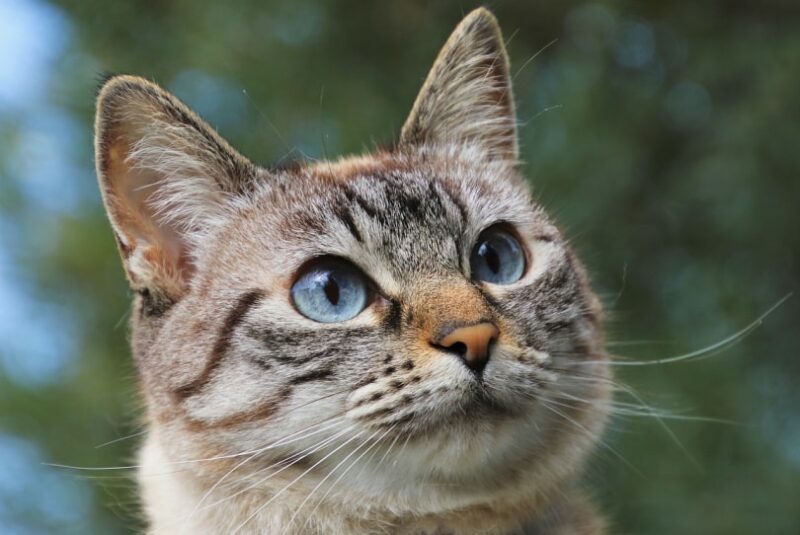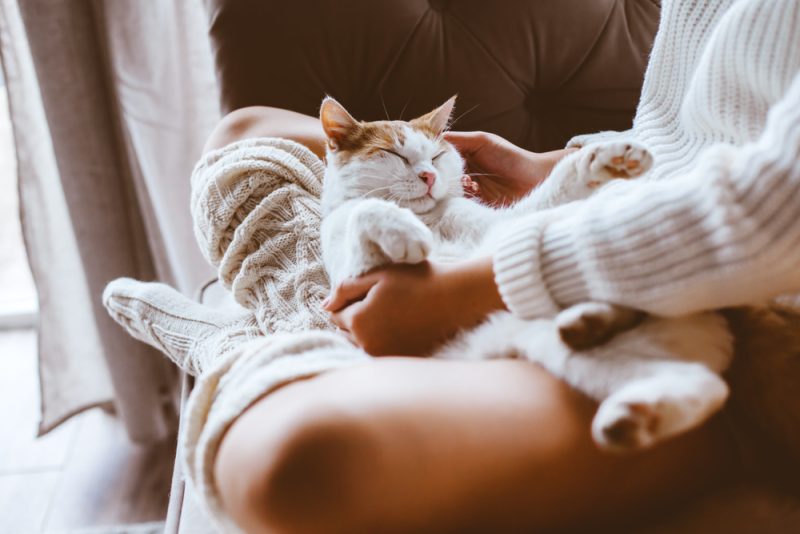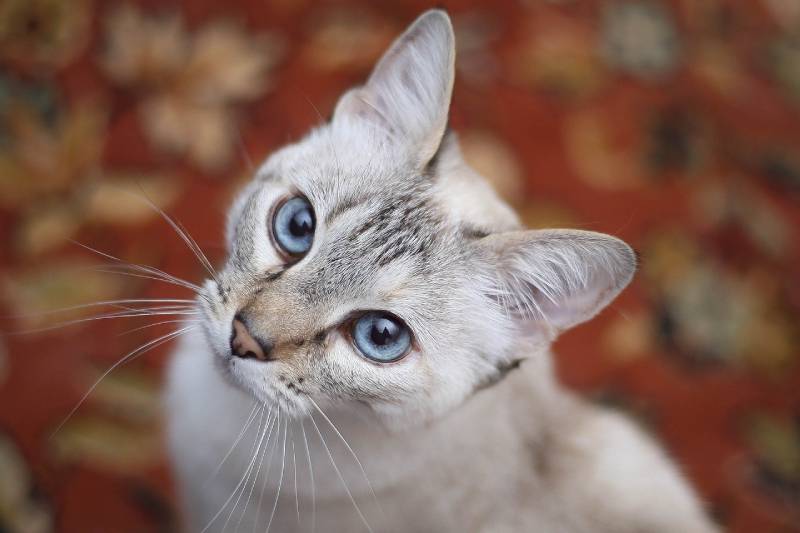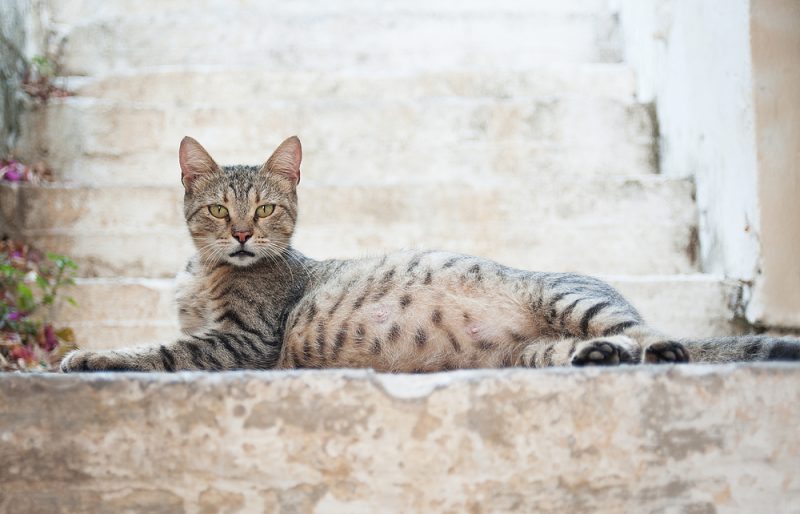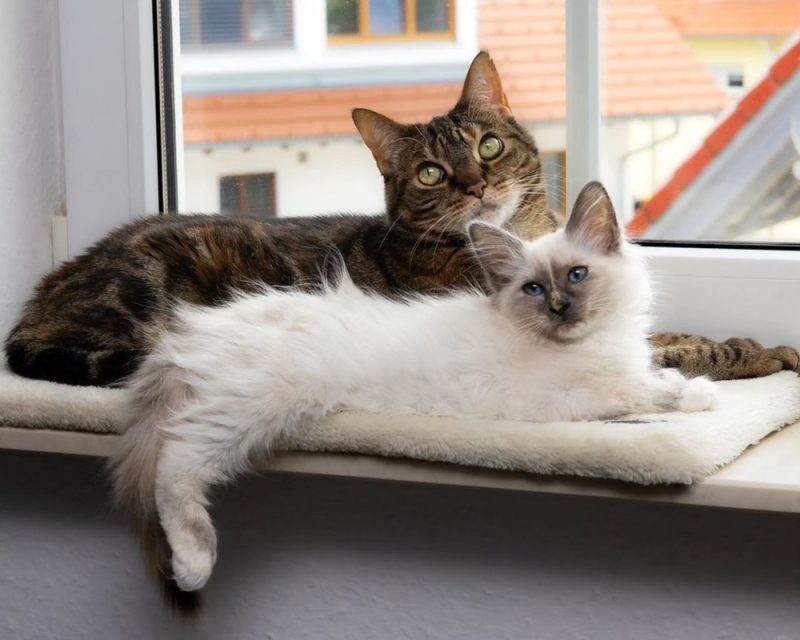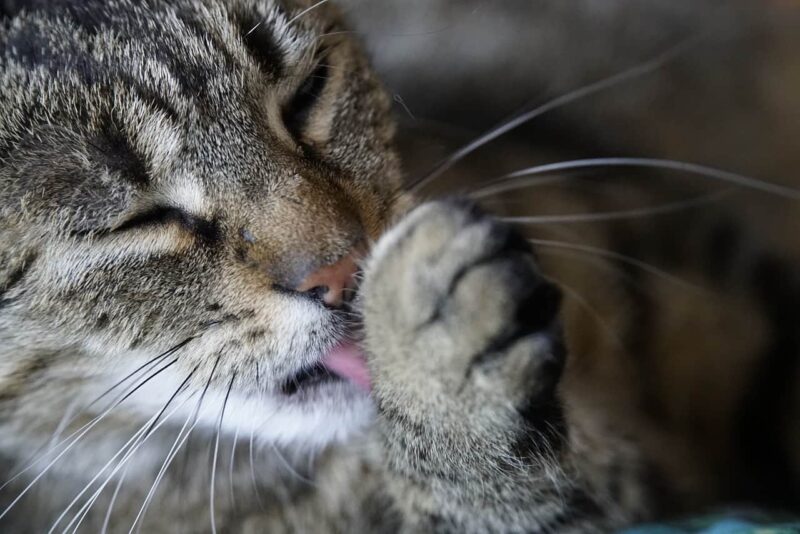Cats are anything but predictable. They do things that leave you wondering what could possibly be going on inside their heads. One of these behaviors is what seems like a massage. You will be sitting, and suddenly, your little furry friend comes over and starts behaving like a masseuse, pressing those tiny paws into your lap or belly.
They may also do it on their bed or even on random surfaces. In case you were wondering why your cat is doing this and if it is normal, you can rest easy, as it is a fairly common behavior among housecats. It is known as kneading. Read on to learn what your cat is trying to communicate when they knead.

What Is Kneading?
Kneading refers to the action whereby a cat pushes their paws down on a surface, usually soft, in an alternating fashion. It resembles a baker kneading dough, hence the name.
Kneading behavior varies among cats. Some do it constantly, others infrequently, while others do not do it at all. Additionally, some have their claws out when kneading, while others have them retracted. Some knead on humans and even fellow pets, while others stick to blankets, carpets, and other soft surfaces.
What’s more, this behavior could mean a wide variety of things. Therefore, context is important. Nonetheless, the following are the common reasons behind kneading behavior in cats.
The 7 Reasons Why Cats Knead
1. Kitten Instincts
Kittens usually knead on their mother’s abdomen and breasts to stimulate milk production. Whenever they do that, the mother positions so that they can have access to nourishment.
It is commonly believed that kittens weaned too soon may exhibit this behavior more often; however, this anecdote is not based on scientific evidence. It seems that most cats knead no matter when they were weaned. Possibly, this behavior continues into adult life since it brings cats reassurance, the same as it did when they were with their mother.
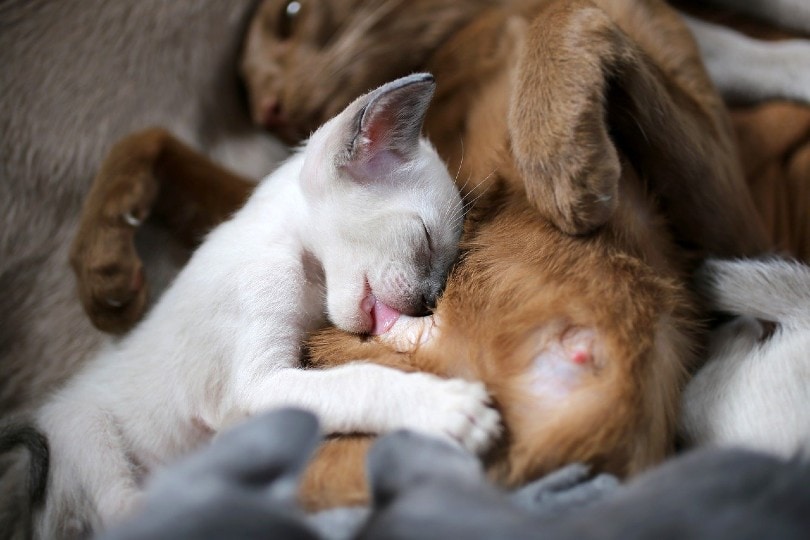
2. It’s Comforting
Kneading starts at a young age, and besides getting the mother cat to release milk, it also provides the kittens with comfort and reassurance. Kneading in adulthood likely provides them with the same soothing feeling, and cats that are happy and relaxed are often seen kneading. They may do it even if stressed to calm themselves down.
3. They are Marking Their Territory
Cats have many different ways of communicating between themselves. They are territorial animals and like to make themselves known to other cats in the neighborhood by using various means, with scent being the most important one.
Cats have glands in their paws, and by kneading, they leave their scent on surfaces or things they consider their own. This is a clear message to other cats to stay away.
4. They Are Stretching
Cats love stretching, as it helps them to feel limber. Before a nice stretch, a cat might knead on a surface in order to warm up and work those muscles in their forelimbs.
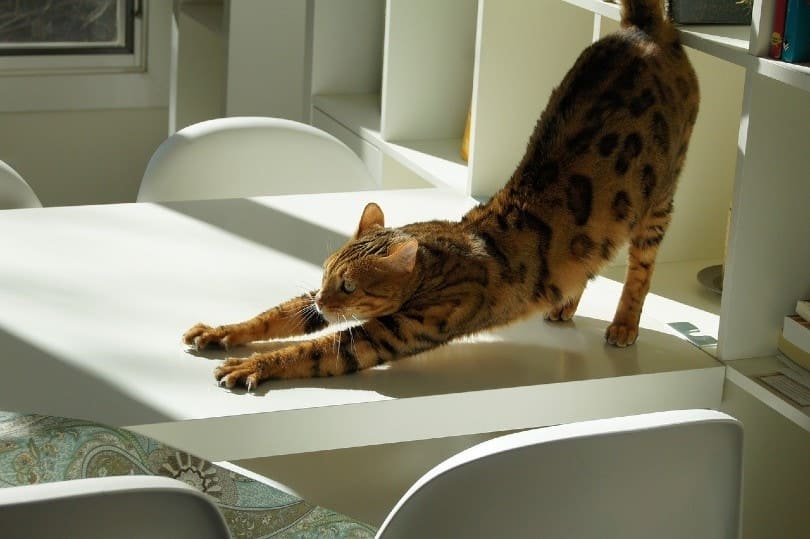
5. Looking for a Nice Spot to Rest
Cats are incredibly fastidious about the surfaces they lie on. This may be why some cats circle a spot a few times to find the most comfortable resting position. Kneading is possibly another method used to ensure that the surface they are about to lay on is comfortable. Therefore, if you notice your kitty kneading a soft surface, just know that they are getting ready for some shut-eye. Although there are several theories about why they circle before resting, to this day, we don’t know for sure.
6. She Wants to Mate
During estrus, female cats may start kneading as a demonstration of their desire to mate. If the kneading is accompanied by behaviors such as being unusually affectionate, overly vocal, and begging to go outside, there is a good chance that your kitty is in heat.
Consider neutering female cats to avoid unwanted pregnancies.
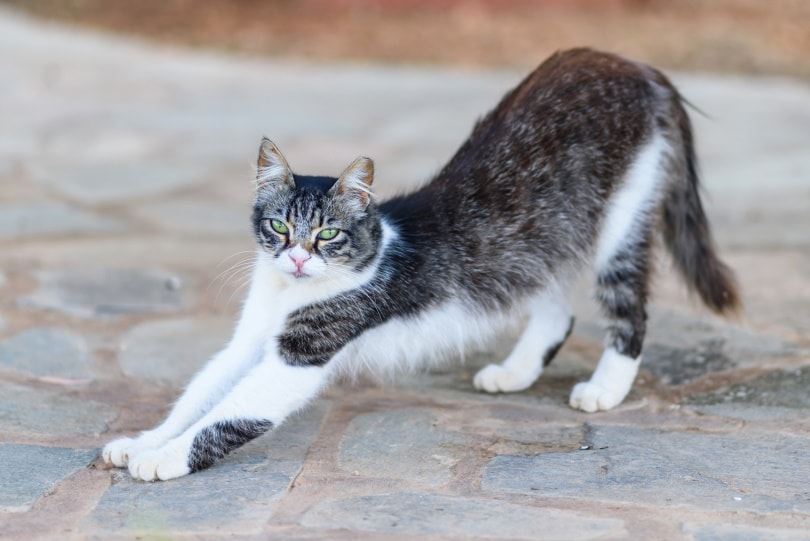
7. Your Cat Loves You
Cats use a variety of ways to show their affection, with the most common one being simply sitting next to you or on your lap. They may also brush their heads and bodies against you and purr continuously when you pet them. If your cat takes it to the next level and simultaneously purrs while kneading on you as you pet them, it means that they are extremely fond of you.
You may notice that they tend to reserve this kind of affection for only some people. If that is you, it means that you are their favorite.

How to Stop Kneading
You shouldn’t stop cats from kneading because it’s a natural behavior that brings them comfort. While this behavior is generally cute, some cats may take it to the extreme. For example, some forget to retract their claws when kneading, thus unintentionally hurting you, while others will start doing it to you in the middle of the night as you are trying to get some sleep.
- Place a blanket between you and the cat so that their claws don’t hurt you
- Trim their nails if they are too long
- Distract them with treats or toys
- Give them a comfortable bed or blanket
- Ensure there are plenty of scratching posts
Luckily, most cat parents love it when their cats knead, and it is something we can’t get enough of.

Conclusion
While cats knead for a variety of reasons, they rarely do it with negative intentions. Therefore, unless your cat does it with their claws out, there is absolutely no reason for you to try and manage this behavior. Cats find it comforting, and it’s something they have been doing for a very long time.
See Also:
Featured Image Credit: Pxfuel
